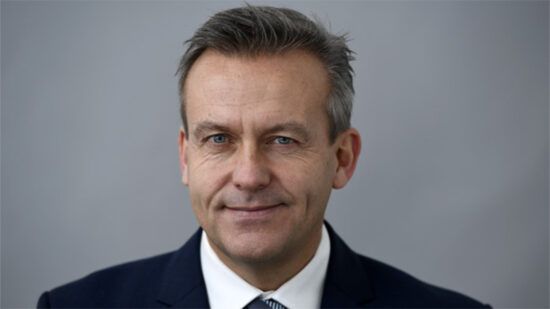In this Green Dream series, Guy Turner, head of MSCI Carbon Markets, speaks about the firm’s latest carbon market ratings product, and the role carbon credits play in reducing emissions.
He also shares his predictions in the run up to COP29 later this month, alongside his expectations for the carbon market in the next five to 10 years.
Watch the full video interview above and read the transcript below.
HD: Hello, I am Holly Downes, reporter for PA Future and welcome back to our Green Dream series. Today, I am joined by Guy Turner, head of MSCI Carbon Markets. Thank you for being here today.
GT: Great to be here.
HD: MSCI has just launched just carbon market ratings product. What is the current state of the global carbon market and why is it the right time to bring a product out on the market today?
GT: The global carbon market is is currently a little subdued compared to 2021 and 2022, however, it is still active. There are a lot of companies out there buying carbon credits and setting climate strategies.
Our most recent research shows that the companies that are buying carbon credits have got better climate performance. The companies that are active in the market are seeing this as a part of their climate strategy. This is why we brought this product to market – to rate the quality of them.
This is because when a company is making a claim about the carbon credits it is using, it is often trying to say that they are mitigating the effect of emissions. If they do that, they have to have confidence that what they are claiming is genuine. This rating system, which we have had in the works for two to three years, helps buyers understand the quality of what they are buying.
HD: Can you tell me how the ratings product works and kind of what impact you expect to have?
GT: As I said, we have had this assessment tool for two to three years now, and it divides up the effect that the project has on the climate in three ways.
It looks at the additionality of the project. Would it have occurred in the absence of the carbon finance and the permanence of the emission reductions? If it is stored in trees or in other form that stores carbon, we must have confidence that the carbon is going to remain where it is and be taken out of the atmosphere.
This includes number of other things, like leakage. If the project saves emissions, are the emissions increasing elsewhere? We have take all of those into account when we look at the quality of the carbon reductions. We also look at things called co-benefits. So what are the benefits for society? Biodiversity, local people. All of those things come together in our rating.
HD: MSCI has just released some research showing that these carbon credits among listed companies is still a very early stage. Could you explain what the role of carbon credits is in a company’s efforts to reduce climate emissions?
GT: More than half of the world’s largest companies have set some form of climate target. About a quarter of them have set a net zero targets. These require quite deep investments in new products and new processes. It is going to take many years for those companies to achieve those reductions.
Carbon credits are the sort of offsets. They help mitigate the impact of the emissions that are currently being released, while the firms are making those investments in those long-term technologies. It is like a short term mitigation that companies can claim, and they can tell the customers and society about the benefits that they are trying to create whilst still working through that transition process.
HD: Carbon markets were a big topic at Climate Week in New York. So, what are your expectations in the run up to COP29 this month?
GT: Well, COP29 is only a month away. There will be two major topics of conversation. The first is adaptation finance. This is the ability of developing countries to be provided with capital to make sure that they can grow their economies more green and more cleanly. And also that they are able to adapt their economies and society to the effects of climate change.
This is going to require a lot of money. The numbers are around $100bn a year. We are going to have a double down on that commitment from the rich countries.
The other is Article 6. This is the ability to trade emissions at governmental level and at company level and getting the rules around that clarified. At the moment it is in a holding pattern, and that is holding up quite a lot of international capital transfers.
HD: And how do you see the carbon market evolving in the next five to 10 years?
GT: Currently the market is between $1-2bn traded value each year. We are predicting that by 2035, the market could be between $5-25bn a year.
This is based on analysis that we run of all the companies commitments, the potential need for carbon credits and the investment that we’re seeing going into the projects on the supply side. These projects are pretty diverse. They not only reduce carbon from the atmosphere, but they also have benefits for society and ecosystem diversity.
They also engage in a or produce a flow of capital from the developed world to the developing world. The just transition makes sure that polar parts of the world are not suffering unduly from the effects of climate change. Some of this voluntary capital that companies are deploying can help sort this process as well.
HD: Finally, we always end our Green Dreams on this question. What is your favourite sustainable drink or snack?
GT: My favourite sustainable drink or snack would be summer fruits. So mixed berries, blackberries, red currants, all of those things because we had that when I was growing up.
HD: So thank you for joining me today, Guy, and thank you for watching.








